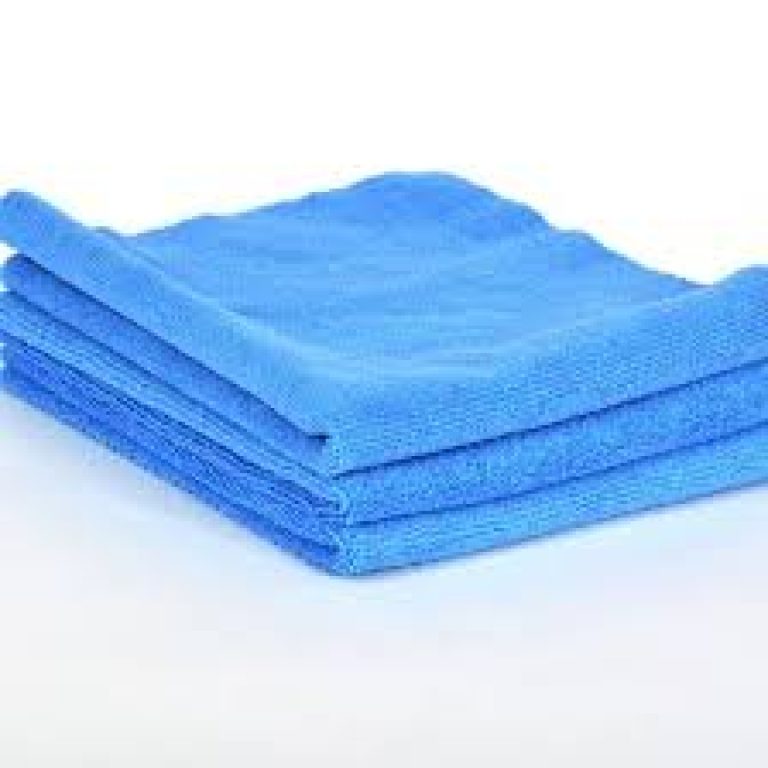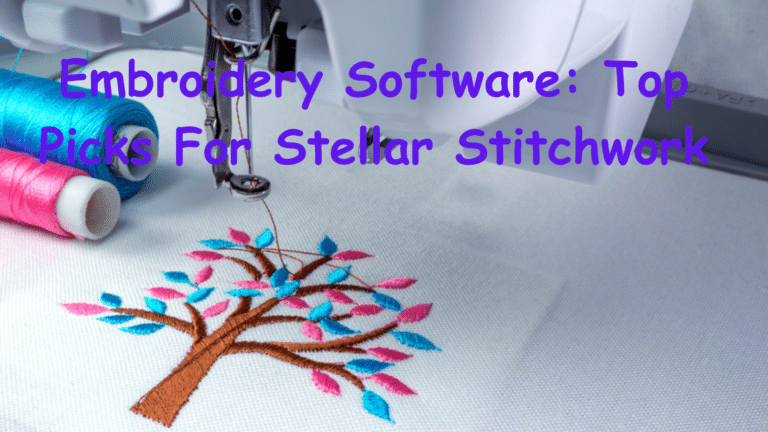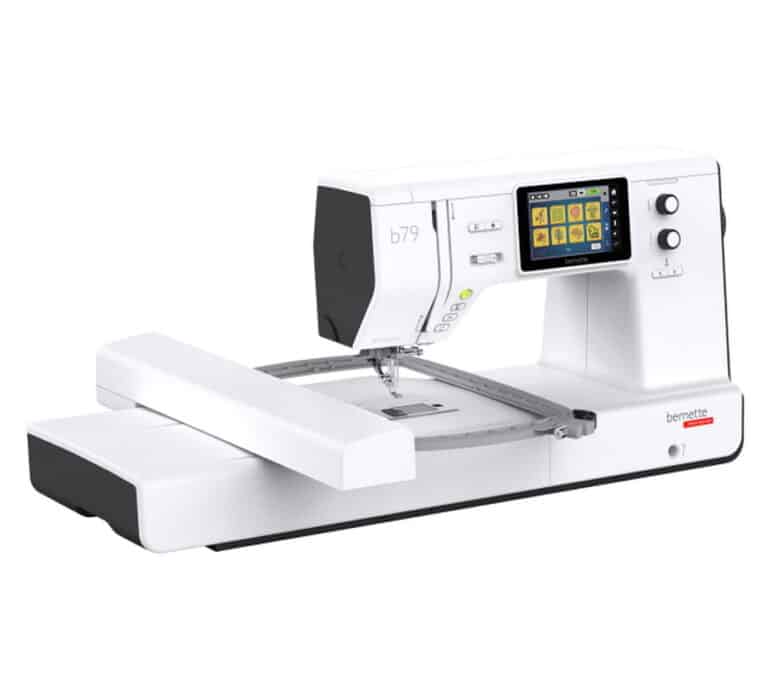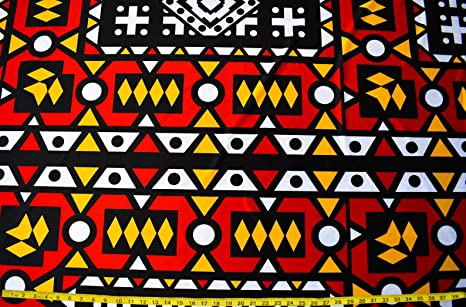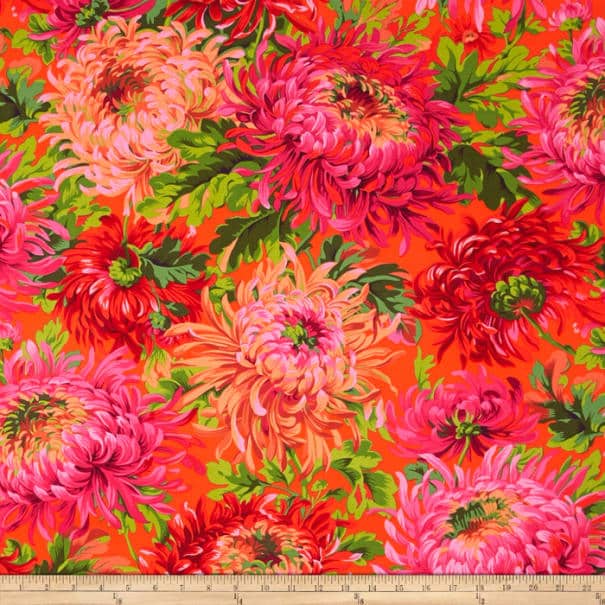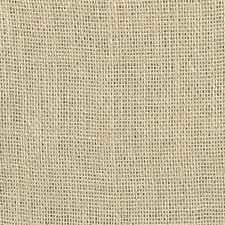Neoprene Fabric: History, Properties, Uses, Care, Where to Buy
Table of Contents
Introduction to Neoprene Fabric
Neoprene fabric is a marketing term for polychloroprene, a material that can be used as an alternative to rubber. The American DuPont Company first manufactured Neoprene.
Neoprene is a suitable material for wetsuits and other gear meant to insulate against damp and cold conditions because, among other things, it is water-resistant. This property makes Neoprene a perfect material.
What is the History of Neoprene Fabric?
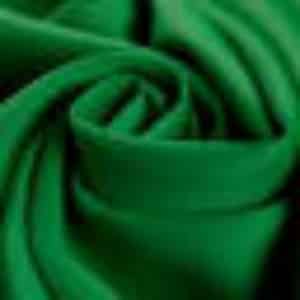
Chloroprene rubber was created out of a pressing need, as with many other pivotal breakthroughs in human history.
Global rubber shortages were a major issue for Western industrial giants in the opening decades of the twentieth century, and American businesses like DuPont started following prominent universities like hawks hoping that they’d uncover the remedy they were seeking.
Fr. Julius Arthur Nieuwland of the University of Notre Dame gave a speech in 1930, and a top DuPont executive happened to be there. Nieuwland gave a presentation about a plastic substance he invented, divinyl acetylene.
As a result of DuPont’s request, Nieuwland worked with other plastics experts to develop the first mass-produced compound made of divinyl acetylene. The compound first came to the market in 1930
Neoprene was a crucial part of the Allied effort in World War II because it was a viable substitute for rubber. Without DuPont’s miracle creation, the Second World War may have ended completely differently.
Properties of Neoprene Fabric
- It has excellent heat retention abilities.
- It is highly stretchable.
- It is impermeable, so it acts as a protective layer.
How is Neoprene Fabric Made?
Petrochemicals, such as Neoprene, are manufactured at a plant from petroleum. Free radical emulsion polymerization is used to manufacture polychloroprene from natural chloroprene. Although they share many molecular similarities, the properties of these two compounds could not be more dissimilar.
Delivery of polychloroprene in a liquid state to textile mills is common. To make it more elastic or draw attention to other qualities, it is mixed with additives after being delivered.
After that, it’s baked in an industrial furnace in a mixer. It is possible to slice the “loaf” of solidified chloroprene rubber into numerous pieces.
Patterns are traced on polychloroprene “slices,” and wetsuit faces or other garments, accessories, or industrial objects are cut from a single slice. Finally, the cut portions are stitched together. The finished item is subsequently packed and dispatched to the store.
Where is Neoprene Fabric Made?
Despite China being the world’s leading synthetic fiber manufacturer overall, the United States continues to lead in polychloroprene production.
Although there are no indicators that this pattern will change anytime soon, DuPont’s factory in the Los Angeles area continues to generate more chloroprene rubber than any other establishment.
Common uses of Neoprene Fabric
Neoprene fabric is used for various garments along with different products.
Daily wear
The fabric is used in women’s summer apparel.
Sporting applications
Chloroprene rubber is commonly used in scuba suits and wetsuits. Thanks to this material’s waterproof and insulating properties, divers may stay dry and comfortable even while being completely immersed in water.
Movies and shows
The fabric is also one of the best fabrics for green screens. The 1.5mm Neoprene Scuba Apple Green is used to make many green screens due to the stretchable nature of the fabric.
Military Uses
When it comes to military and security companies globally, DuPont has long been one of the most sought-after suppliers of Neoprene gaskets and wetsuits.
Sewing with Neoprene fabric
Sewing with Neoprene may initially appear difficult, but it is pretty simple. Sewing patterns and designs on Neoprene isn’t very hard If you use the correct sewing essentials and sewing notions and supplies. You should initially prep the fabric in cold water and let it dry.
For smooth edges, you should use a rotary cutter. The hand sewing needle should be universal, and the sewing thread can be all-purpose. It would help if you used wonder clips to hold the elastic fabric.
Keeping in mind these tips and tricks, you will be able to sew the fabric according to your preference easily.
Dyeing with Neoprene fabric
Even though it may be unheard of, Neoprene fabrics can be dyed. The process is useful for designers and consumers with unique styles and preferred designs.
The fabric can be dyed depending on its composition of the fabric. If made using synthetic threads, the Rit All-Purpose Liquid Dye can be used as the best fabric dye available.
How to care for Neoprene Fabric?
Mesh fabrics aren’t so hard to care for and can easily be washed and ironed without a hassle.
Washing
- Use freshwater water to wash the fabric
- When it comes to delicate neoprene products, such as intimates, handwashing is always the safest and most effective cleaning means.
- Fabric softeners can be used.
- The fabric can be dried by air-drying it on a flat exterior
- To dry, place the item flat on a drying rack.
- Flip the garment inside-out when drying to prevent stiffness and creases on the fabric.
Ironing
- Using a shark steam iron, press the fabric on the wrong side
- Use a low heat setting and a press cloth
- Use pins to ensure the fabric stays in place
Where to buy Neoprene Fabric?
Neoprene fabric can be purchased from fabric and garment retailers. Clients can also purchase Neoprene fabric from online stores and websites like Fabric.com and Amazon.
It can be sold in several ways depending on the seller;
- By yard
- By Inches
- Can be cut to order
Price
Neoprene is one of the most expensive fabrics made from petrochemicals. The difficulty of producing this material and the benefits it provides push its price even higher.
Conclusion
As long as DuPont Corporation is around, its Neoprene trademark will testify to how influential this American industrial giant is worldwide.
DuPont’s Los Angeles factory continues to produce the most polychloroprene even though much of the company’s operations have shifted to China and other East Asian nations with access to a cheap workforce.
Sources


